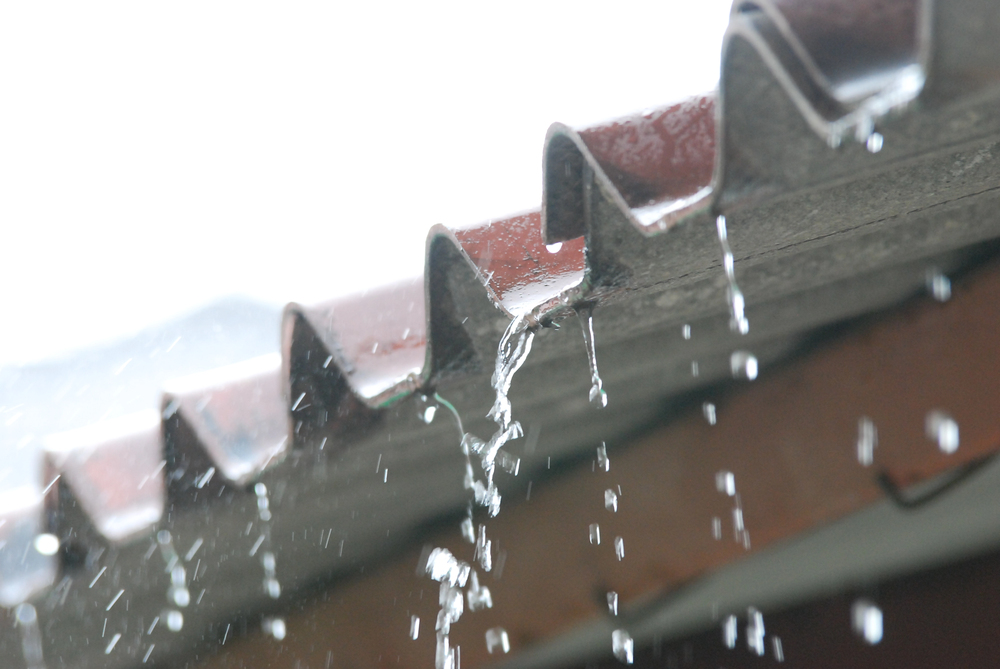3 Ways to Prepare Your Clients for Wintertime Flooding

By: Will Jones
During winter, lower temperatures bring snow, ice, storm surges and frozen ground, which can lead to an unexpected peril: flooding.
According to Terry Black, vice president of business development at Aon National Flood Services, 7% of the company’s flood losses occur between January and March—which is not considered flooding season.
“Flooding occurs all over the country in the wintertime,” Black says. “When we think summertime flooding, we think hurricanes and coastal exposure. That’s not necessarily the case with wintertime flooding.”
So what is wintertime flooding? Black says it results from three main events. “The first is the ground freeze,” he says. “If you get heavy moisture on top of a really cold spell, the ground is frozen, so it can’t absorb the water.”
“And then you get the ice jams in the river,” Black continues. “The rivers freeze, they start to break up, and the ice starts to flow down river. It jams up against a bridge or just stops the river and causes water to back up.”
Finally, in coastal areas or regions located near large bodies of water, “you often see high tides and high wind activity, which causes nuisance flooding,” Black says.
But due to shifting weather patterns, pinpointing where wintertime flooding will occur is becoming more difficult. “Historically, you would’ve seen those trends more in the North, Northeastern parts of the country,” Black says. “But with the weather patterns the way they are, it could be in a number of different places, from the Midwest on up and through the Northeast.”
As many parts of the country gear up for a few more weeks of winter, here are three ways to prepare your clients for wintertime flooding:
Look at the data. “Agents need to educate their policyholders,” says Black, who notes that many private flood insurers offer tools that enable agents and insureds to research their flood risk.
Aon, for example, has a consumer-facing tool called Flood Tools, where Black says “you “can type in your address and it will show you historically how many claims have been out in that particular community, and what the payments were.”
Similarly, “you can also go to FEMA’s website to look at loss data by county,” Black says. “So [clients] can actually see by county what flood losses there were and just really create that awareness.”
Stay vigilant. “Monitor the weather channels and know if there’s heavy snow, if it’s cold or if you’ve got heavy rain coming in,” Black suggests. “If they start predicting four to eight inches of rain and it’s been really frozen hard, then you need to start thinking about these types of things.”
You should also “look at a property from a homeowners perspective, even from a business perspective,” Black cautions. “Making sure that the drainage is working properly around foundations, that the gutters are cleaned out—simple things like solid maintenance to make sure the drainage is as good as possible.”
Understand the risk. Help your clients understand that “‘Yes, it is wintertime, and we don’t normally associate that with flooding, but here’s some of the things that we need to be watching for,’” Black says—“especially if they’re close to a stream or a river, someplace where water run off could get back down.”
“I think the other thing is just making sure clients understand that there’s no flood coverage in the homeowners policy. I know that’s always said, but it doesn’t seem to get communicated,” Black adds. “It’s a great time for agents to have a talking point about winter preparedness.”
Will Jonesis IA assistant editor.










